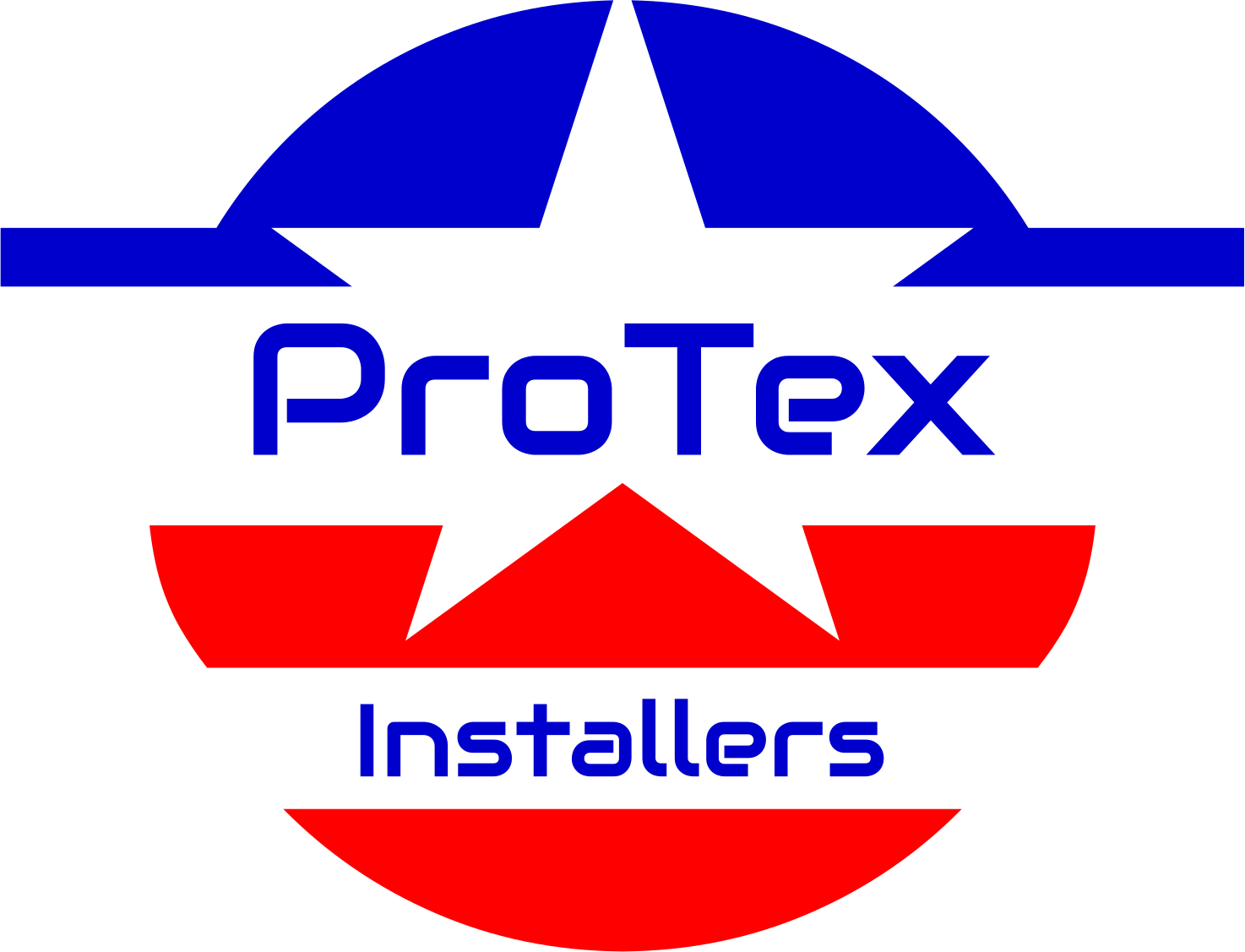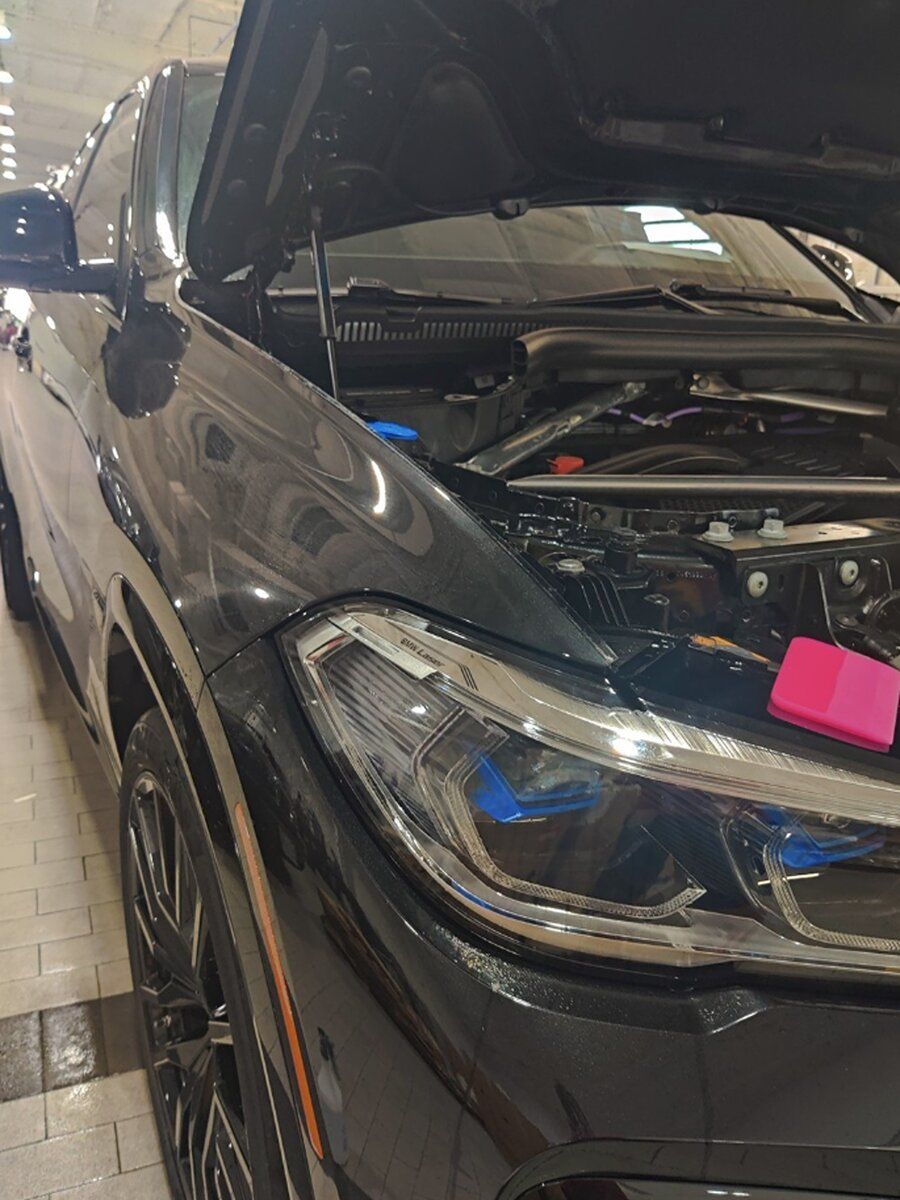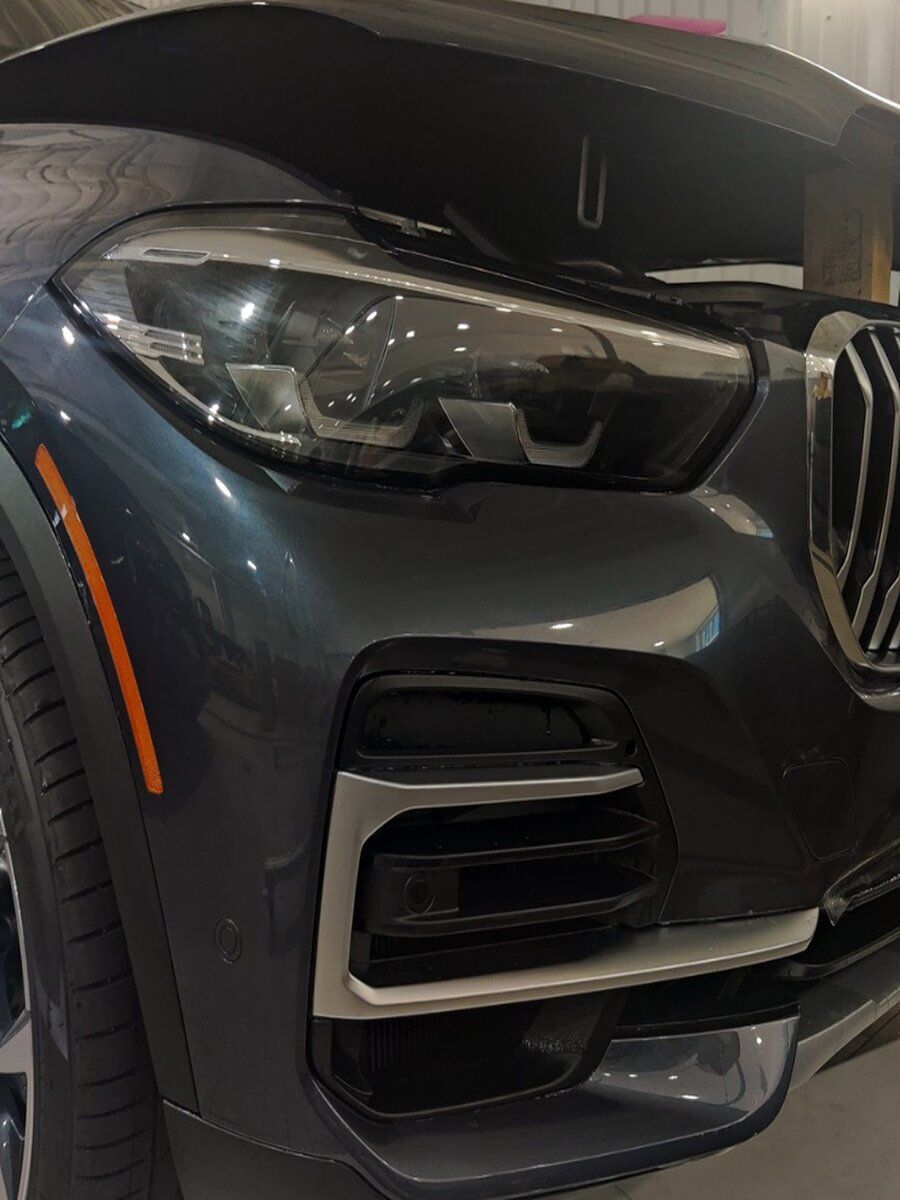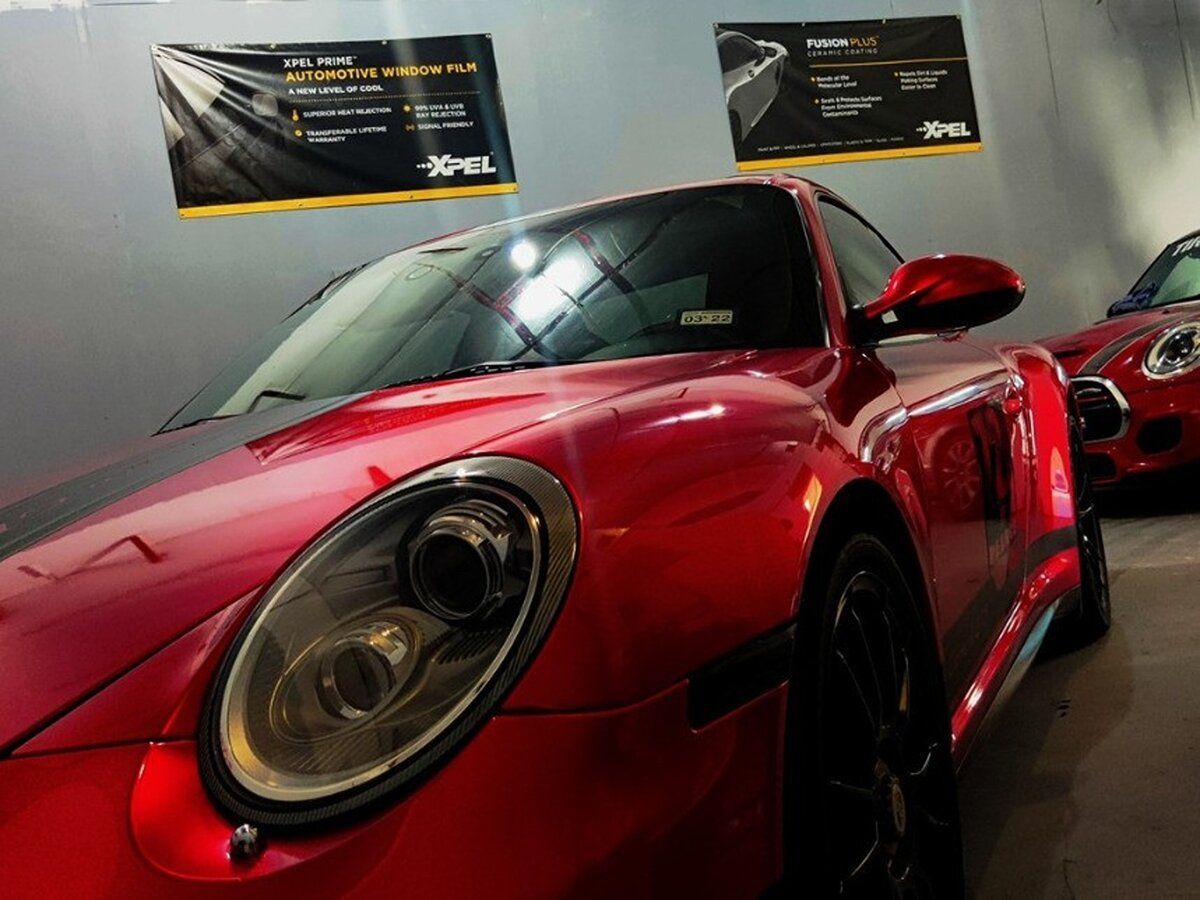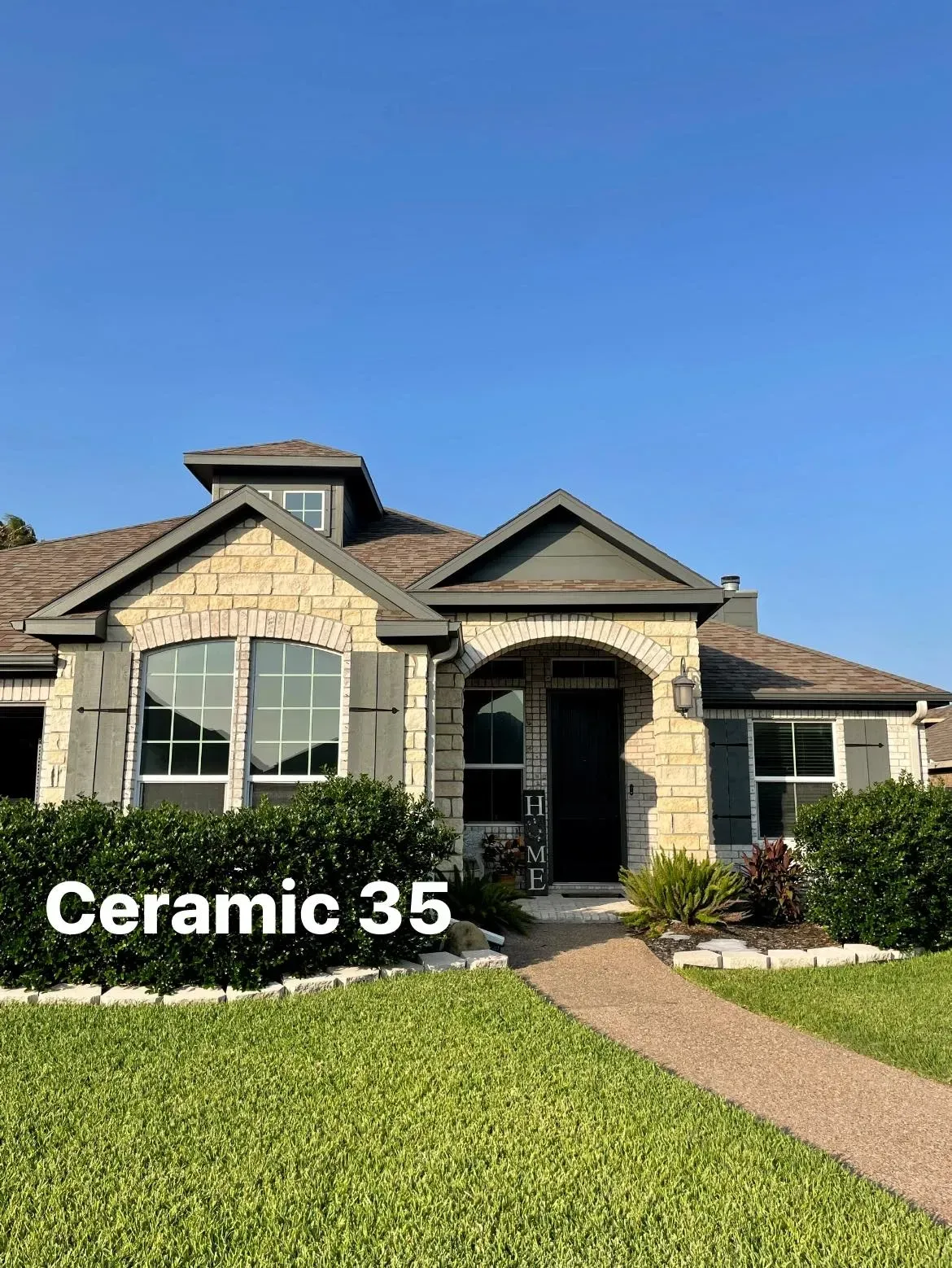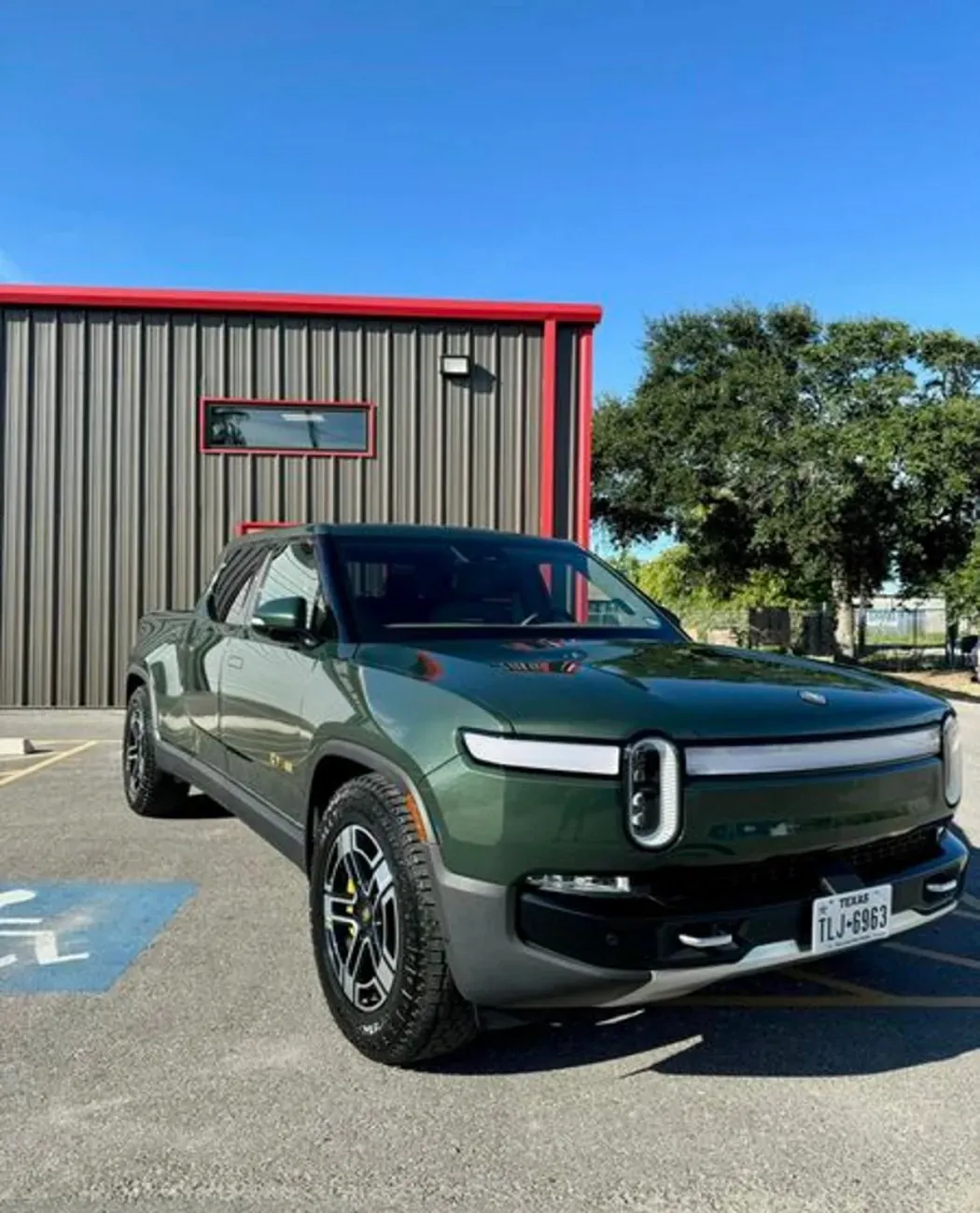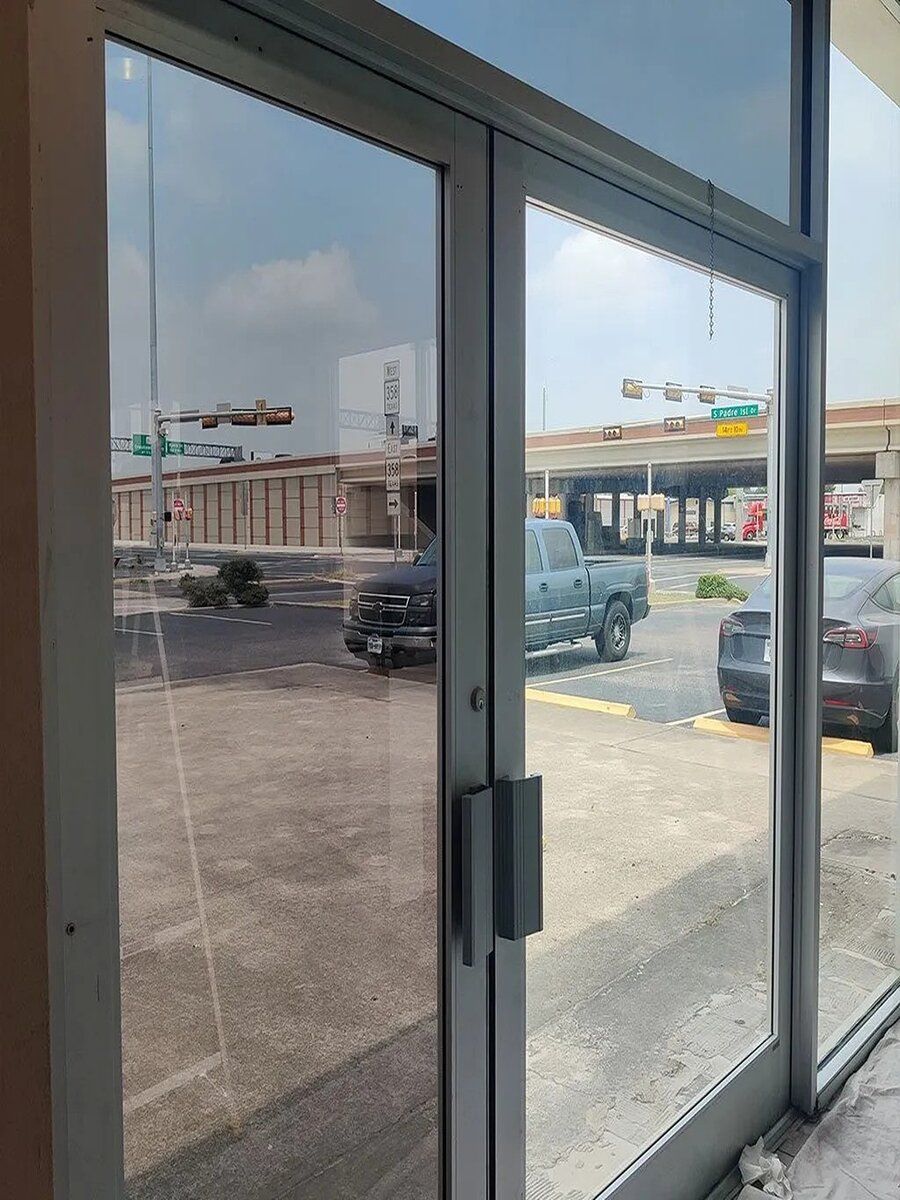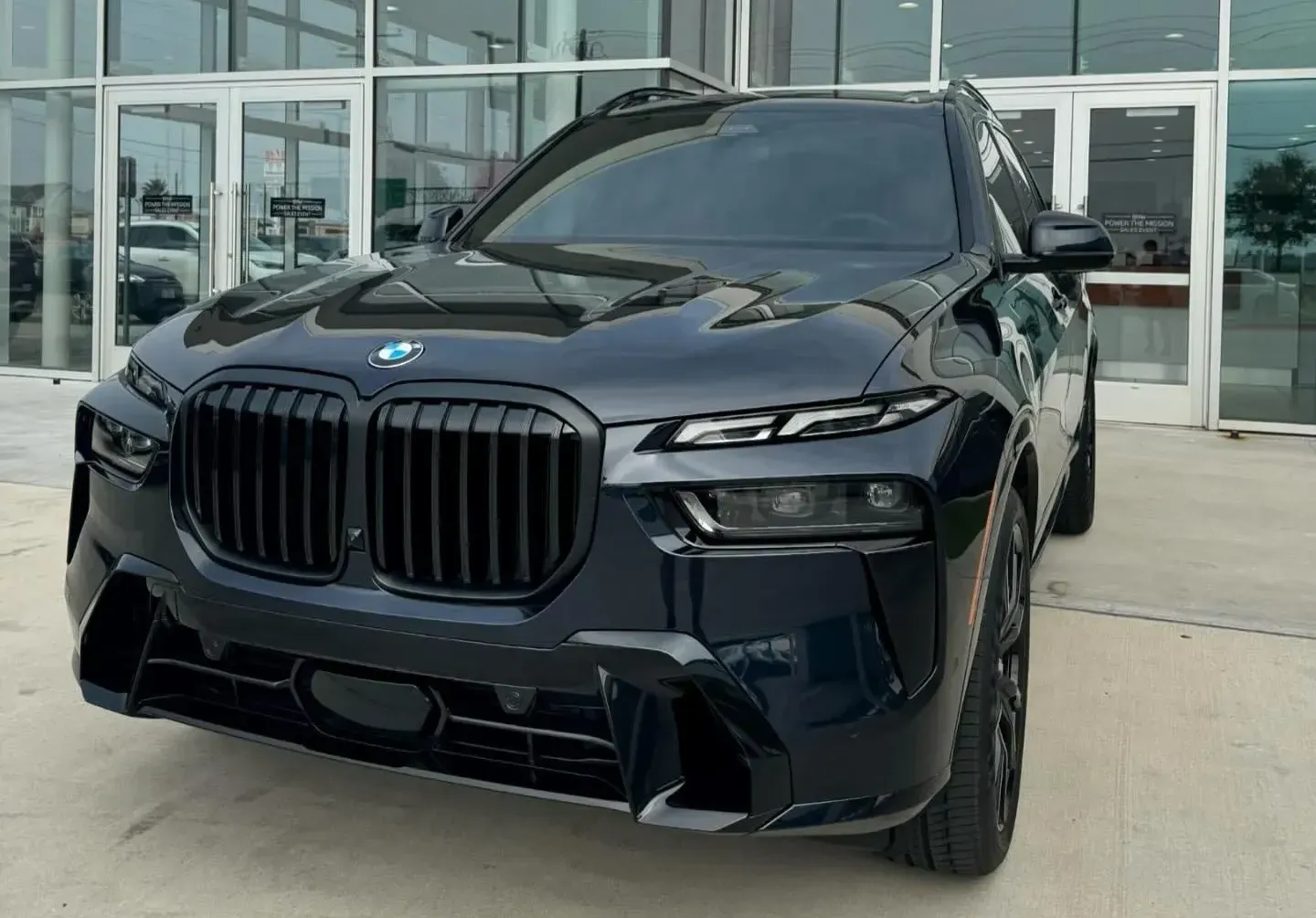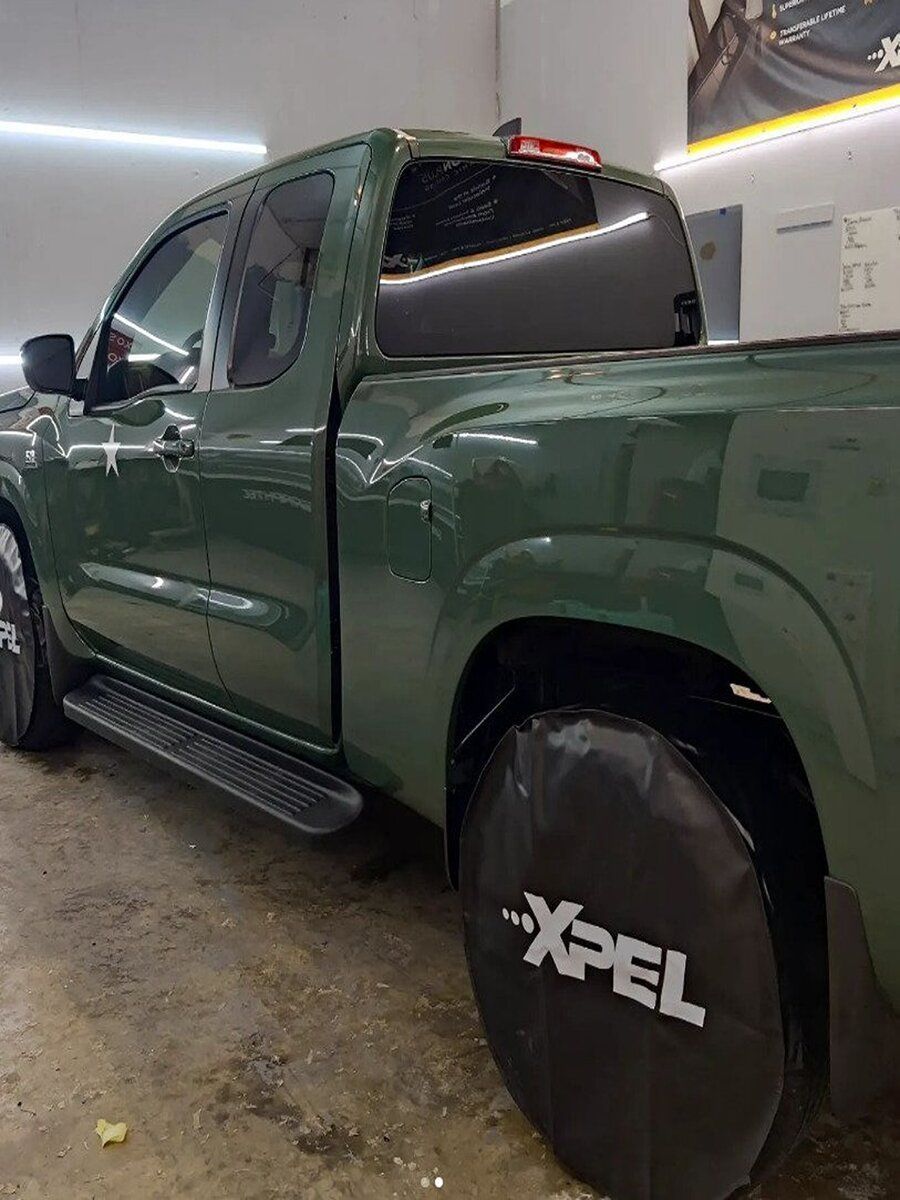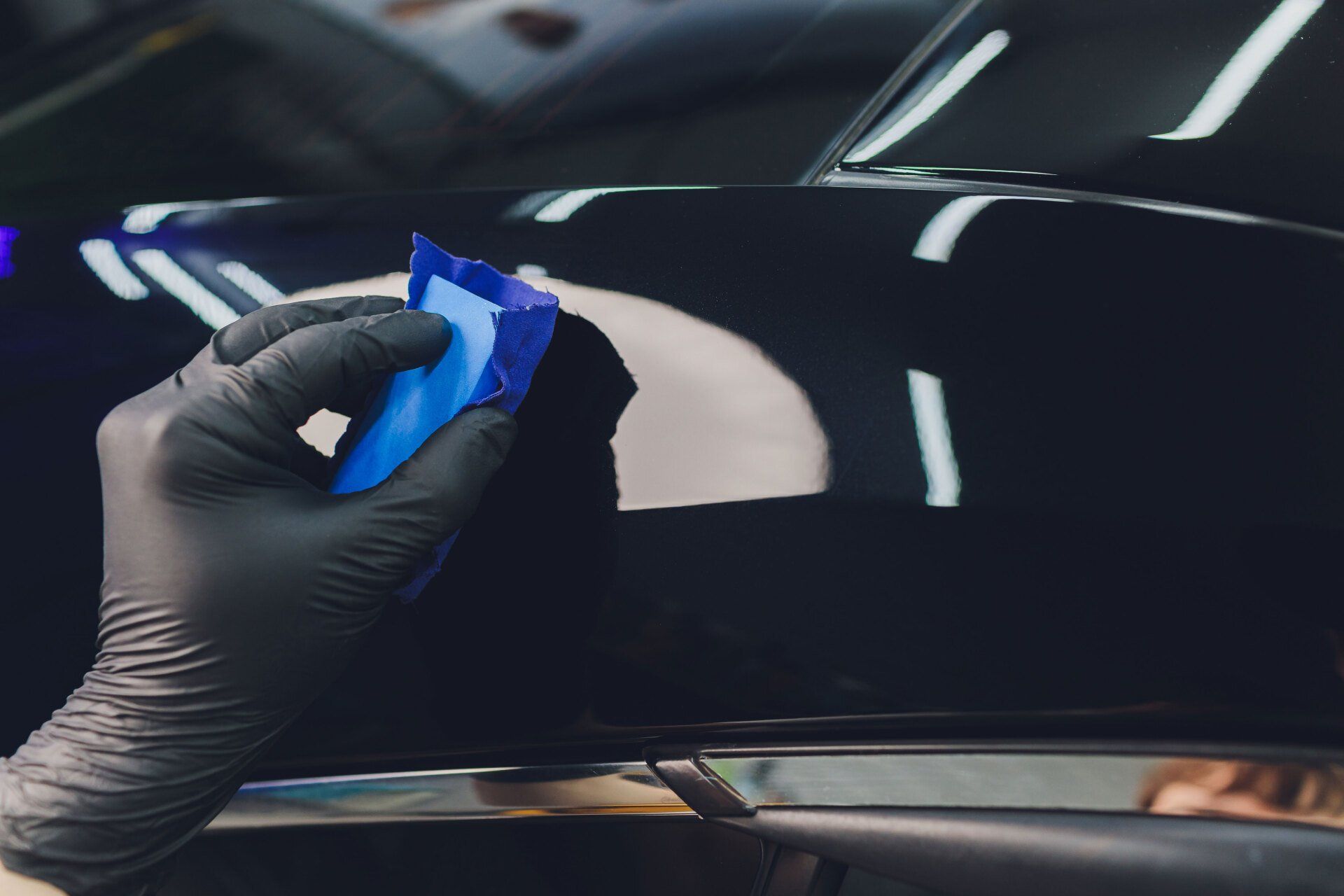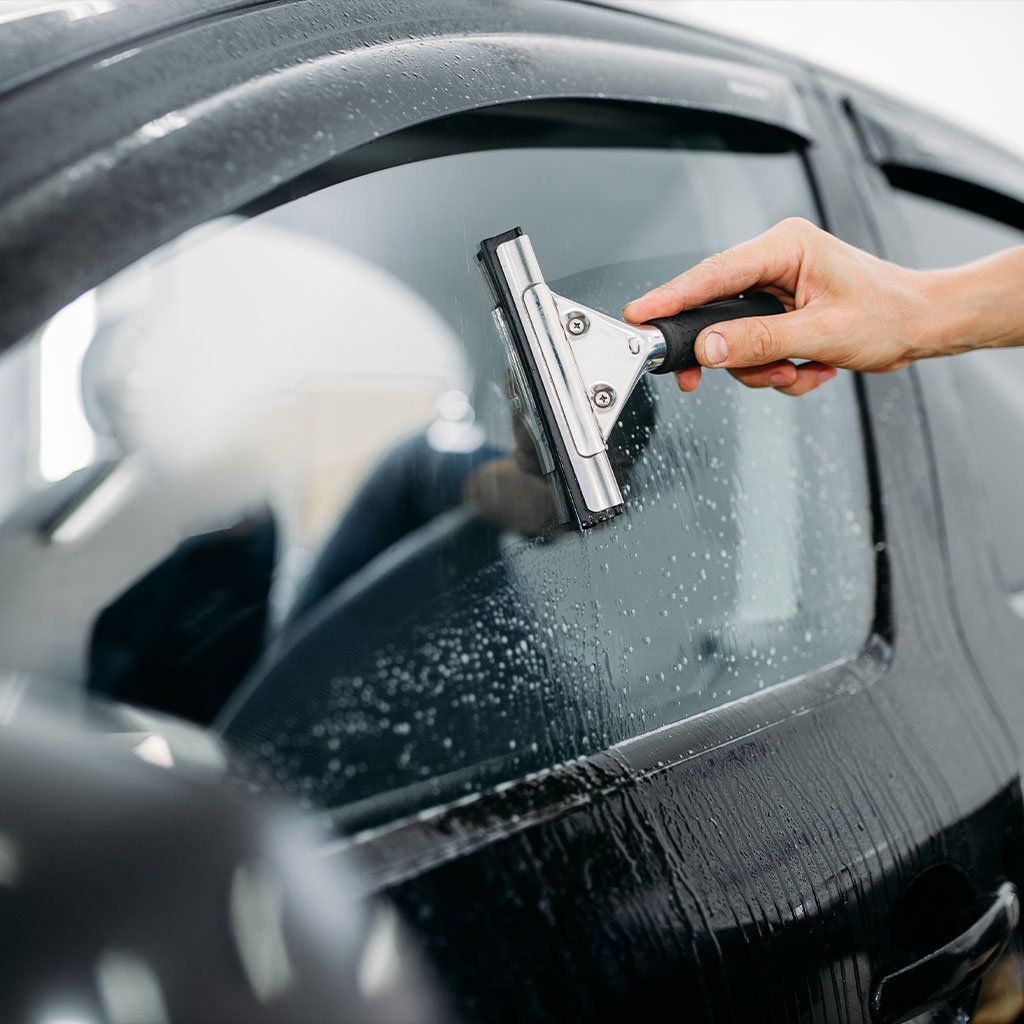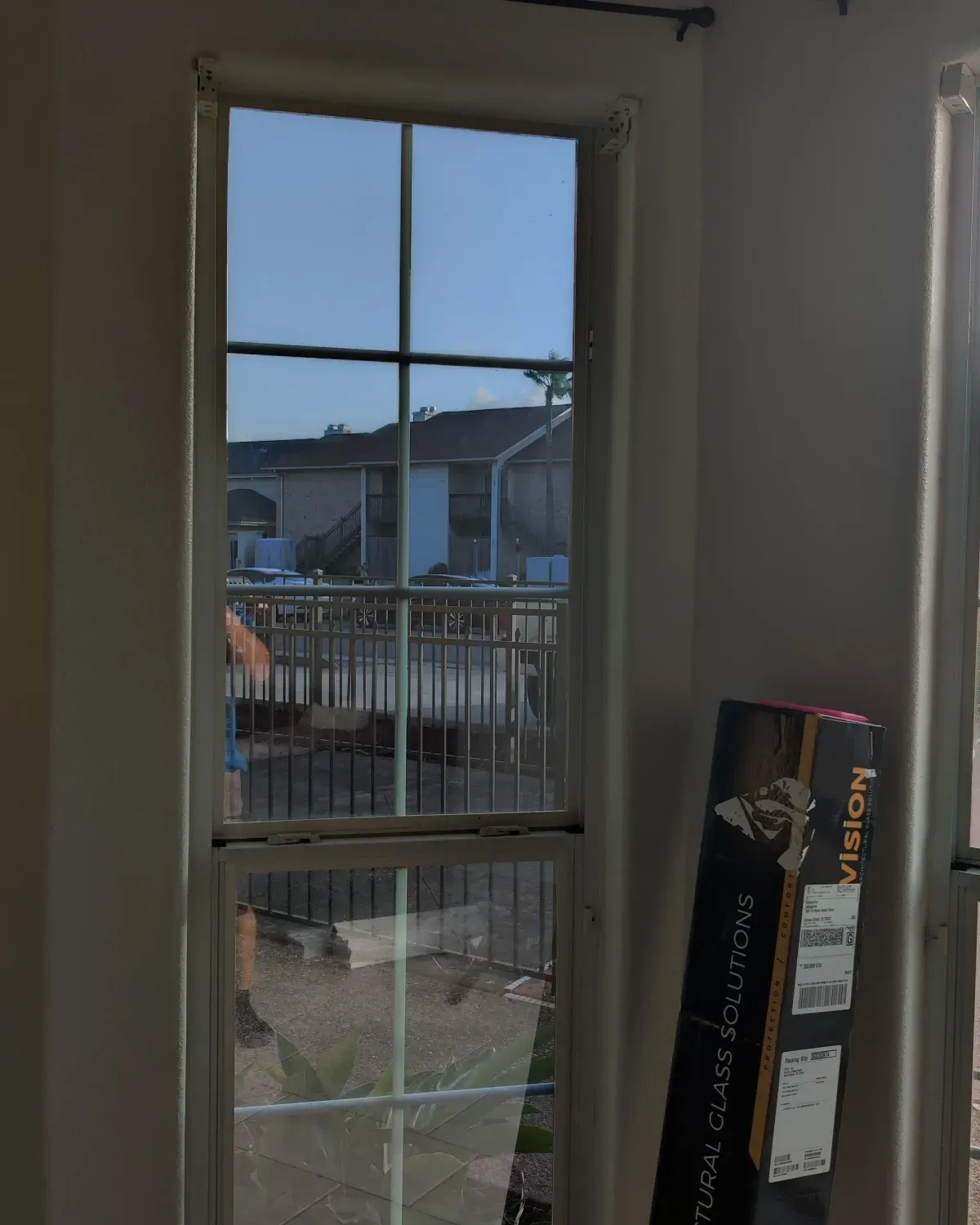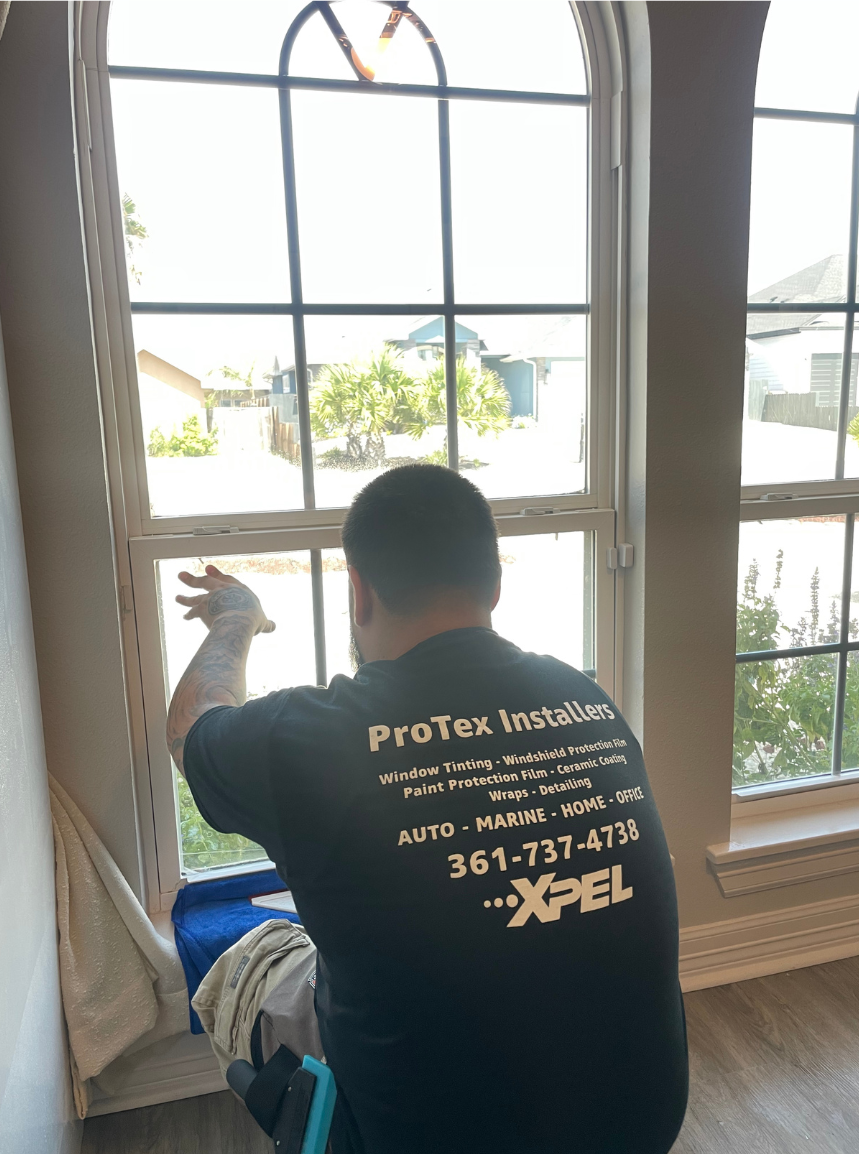Professional Installation: What You Need to Know Before Applying Paint Protection Film
Effective preparation is key to achieving optimal results when having a professional installation of paint protection films. This entails scheduling an appointment with a trusted installer, cleaning your vehicle to rid it of anything that could inhibit the installation, and learning about the available PPF options and expected timeline. But don't forget to remove all personal items from your vehicle that could get in the way during installation.
Preparing for Professional PPF Installation
Getting ready for professional PPF installation on your vehicle entails a few preliminary steps. Firstly, you'll need to reach out to a reputable professional installer and arrange a convenient time for the installation. This will enable both you and the installer to plan in advance, ensuring a stress-free process.
It's crucial to find an installer with a solid reputation, as the quality of the installation directly impacts the effectiveness of the paint protection film. Additionally, contacting them well in advance allows you to gather essential information about PPF options available, pricing, and the expected timeline for the installation, laying the groundwork for an informed PPF application process.
Once the appointment is scheduled, it's imperative to ensure that your vehicle is in top condition for the PPF installation. Giving it a thorough wash to remove any dirt, grime, or contaminants that could create issues during installation is essential. A clean surface provides an optimal foundation for the PPF to adhere to, ensuring a seamless and long-lasting application.
This isn't just about aesthetics; it affects the functionality of the PPF too. Any residue or contaminants left on the vehicle's surface can hinder the film from adhering properly and may even lead to premature wear and tear.
After ensuring cleanliness, it's important to remove any personal items from the vehicle ahead of the installation day. This seemingly small step streamlines the entire process and minimizes potential disruptions. By taking out personal belongings in advance, you're allowing the installer to focus entirely on properly applying the PPF without having to navigate around your items.
These preparatory measures not only set the stage for a successful PPF installation but also demonstrate your commitment to ensuring a smooth and efficient process for all involved.
With your vehicle getting prepped for professional PPF installation, let's now shift our focus towards understanding the fundamental steps necessary to prepare its exterior before commencing with the application process.
Steps for Vehicle Exterior Preparation
Before applying the paint protection film (PPF), it's crucial to ensure that the vehicle's exterior is impeccably clean. Any remaining dirt, debris, or wax can hinder the film's adhesion and affect the overall finish. Begin by thoroughly washing the vehicle with a pH-neutral car wash soap to remove any accumulated grime.
You may not realize it, but cleaning your car involves more than just hosing it down. Using a soft microfiber cloth and rubbing gently is essential to prevent scratches and maintain the car's shine. The cleaning process needs to be meticulous. Any leftover debris or residues may cause inconsistencies in the PPF application, so take your time and be thorough in ensuring the surface is pristine before proceeding.
Step 2: Surface Inspection
Once the exterior is spotless, carry out a detailed inspection of the paint surface. Look closely for any imperfections, scratches, or blemishes that could interfere with the PPF adhesion. These issues need to be addressed before moving forward with the installation.
It might seem unnecessary to inspect the surface so thoroughly, but catching imperfections beforehand saves you from potentially having to remove and reapply sections of the film if problems are found later. Taking this precaution now can save you time, money, and frustration in the long run.
Step 3: Drying the Surface
After cleaning and inspecting, drying the vehicle's exterior becomes crucial. Any lingering moisture on the surface can compromise the adhesion of the PPF. Therefore, dry the vehicle thoroughly with a microfiber towel before moving on to the next stage of installation.
It's important to take your time during this step and not rush through it. Moisture left on the surface can create bubbles or affect how well the PPF sticks, so be patient and ensure that every part of the exterior is completely dry before proceeding.
Following these meticulous steps for vehicle exterior preparation ensures that your car is ready for seamless and effective PPF installation.
Understanding the Level of Protection That PPF Offers
Paint Protection Film (PPF) acts as a fortress against a multitude of external threats that can compromise your vehicle's pristine appearance. From the onslaught of harsh road debris to stubborn bug splatters and minor abrasions, PPF stands as an unyielding barrier, safeguarding your vehicle's paint finish.
Impact Resistance
One of the most significant advantages of PPF is its impressive impact resistance. Conventional wear and tear resulting from stone chips and road debris is a major concern for any vehicle owner. PPF provides up to 80% protection against stone chips and other impact damage, effectively shielding your vehicle's exterior from unsightly blemishes while maintaining its smooth, unmarred surface.
Scratch Resistance
Moreover, high-quality PPF is designed with exceptional scratch resistance capabilities. With a hardness rating of 3–4H on the pencil hardness scale, premium PPF can withstand minor scratches and abrasions, preserving your vehicle's flawless finish even in challenging conditions.
UV Protection
The damaging effects of UV rays on a vehicle's paint cannot be overstated. Prolonged exposure to sunlight can lead to fading and discoloration, significantly diminishing the visual appeal of your automobile. However, premium PPF offers a powerful defense, blocking up to 99% of harmful UV rays and safeguarding your vehicle's paint from fading and discoloration over time.
Self-Healing Properties
In addition to its formidable protective qualities, it is worth noting that some PPF products are engineered with self-healing capabilities. These innovative properties allow the film to effectively repair minor scratches and swirl marks when exposed to heat, ensuring that your vehicle maintains a flawless exterior even after encountering minor abrasions.
The comprehensive protection offered by PPF not only ensures the longevity and pristine appearance of your vehicle but also provides you with peace of mind, knowing that your investment is shielded from the elements.
Process of Applying PPF
The application of Paint Protection Film (PPF) is a highly specialized process that demands meticulous attention to detail and precision. Let's delve into the essential steps involved in the application of PPF to give you a comprehensive understanding of this professional installation.
Step 1: Preparing the PPF
Before the actual application process begins, the PPF undergoes precise preparation to fit the specific contours of your vehicle. This involves using specialized software and equipment to create custom cuts that align perfectly with the dimensions of each section to be covered. The accuracy of this step is crucial in ensuring comprehensive coverage without any gaps or overlaps, providing seamless protection.
The precision in preparing the PPF is comparable to creating a tailored suit for your vehicle. Just as a tailor meticulously measures and cuts fabric to fit an individual, the PPF installer utilizes cutting-edge technology and expertise to customize the film for your car's unique shape. This tailored approach guarantees that every inch of your vehicle receives the intended protection, leaving no vulnerable areas exposed to potential damage.
Step 2: Application
With the PPF carefully prepared, it is then meticulously aligned and applied to the surface of your vehicle. Here, expert skill and experience come into play as the installer ensures that the film adheres seamlessly without any bubbles or imperfections. The use of slip solutions is employed during this process to facilitate proper alignment without compromising adhesion, allowing for adjustments before final placement.
This stage demands both patience and precision from the installer. Any misalignment or air pockets can compromise the effectiveness and visual appeal of the PPF. An experienced professional will take their time here, employing techniques to achieve a flawless finish that blends seamlessly with the vehicle's exterior.
Step 3: Trimming
Once the PPF is securely applied, excess material is meticulously trimmed away to ensure a perfect fit around edges and contours. This stage demands a steady hand and keen attention to detail, as precise trimming is key to achieving seamless integration with the vehicle's surface.
When selecting an installer for your PPF, it's beneficial to inquire about their approach to trimming. Ensuring that they prioritize clean edges and precise trimming will contribute significantly to the overall aesthetic appeal and longevity of the protective film.
Step 4: Final Inspection
After the application and trimming, a thorough inspection is conducted to verify the quality and precision of the PPF installation. Every inch of the film is scrutinized to ensure that there are no imperfections or irregularities in its placement.
This inspection mimics a jeweler meticulously examining each facet of a diamond for flaws, ensuring that it meets stringent standards before being presented as a valuable piece. Similarly, this final inspection serves as a validation of quality craftsmanship and attention to detail in delivering a flawless protective installation for your vehicle.
The meticulous care invested in each step of applying PPF underscores its significance in safeguarding your vehicle while enhancing its visual appeal.
Preparing the paint surface for PPF
The foundation for a successful PPF installation is a thoroughly prepared paint surface. Before anything else, it should be free of any wax, sealants, or contaminants. Any residue of these substances can prevent the adhesive on the film from properly sticking, leading to premature failure. Imagine trying to apply a sticker to a dirty surface—it just won't hold.
To ensure that the paint is in its best condition before installing PPF, in some cases, the installer may opt for a paint correction process. This corrective procedure goes beyond a simple wash and involves several steps in order to create an impeccable canvas for the PPF. The process generally includes paint decontamination, polishing, and any necessary touch-ups.
Paint decontamination serves as the initial step in the correction process and involves meticulously cleaning the exterior of all pollutants that may have built up over time. These pollutants contribute to blemishes on the paint surface and need to be removed prior to applying PPF. The use of specialized chemicals and tools helps in achieving this thorough cleanse.
Next comes polishing, which plays a significant role in refining the paintwork. By using a series of abrasive compounds and pads, minor imperfections like swirls and scratches can be effectively eradicated. This step not only contributes to a flawless finish but also ensures that the PPF adheres seamlessly to the surface.
Finally, touch-ups are undertaken if deemed necessary during inspection. Any chips or scratches are addressed to guarantee that they do not interfere with the application of the PPF. While these steps are primarily intended to prepare for PPF, they also serve to enhance and maintain the overall appearance of your vehicle's exterior.
Properly prepping the paint surface is not just about setting the stage for PPF installation; it's also about elevating and preserving the aesthetic appeal of your vehicle's exterior.
Professional Advice for PPF Installation
When investing in paint protection film (PPF) for your vehicle, professional advice can significantly impact your experience. It's not just about the installation process; it's also about understanding how to maximize your investment. Let's delve into the specific areas where professional advice can truly elevate your PPF experience.
One of the key insights from professionals involves assessing the ideal coverage areas based on your vehicle's usage. For instance, if you frequently drive on highways or rough terrain, certain parts of your vehicle may be more susceptible to damage. Professional guidance ensures that your investment provides maximum protection where it's needed most.
Moreover, professional installers provide valuable input on the expected longevity of the film, setting realistic expectations for its durability based on driving conditions and maintenance routines. This insight helps you plan ahead and schedule reapplication or touch-up sessions as needed.
Receiving care instructions for maintaining the PPF after installation is equally valuable. Professionals offer personalized guidance on cleaning and maintenance to preserve the integrity and appearance of the film over time. Whether it's recommending specific cleaning products, prevention techniques, or outlining regular maintenance routines, this advice ensures longevity and performance.
By seeking professional advice for PPF installation, you gain valuable insights tailored to enhance protection based on your specific needs, prolong the lifespan of the film, and maintain its performance over time.
Seeking professional advice can immensely improve the PPF installation experience. Now, let's move onto practical tips to avoid common errors during the application process.
Tips to Avoid Common PPF Installation Errors
When it comes to installing paint protection film, attention to detail and precision are paramount. Here are some valuable tips that can help you steer clear of common installation errors:
Surface Preparation
Properly preparing the surface before applying the PPF is essential for a flawless installation. Start by thoroughly cleaning the surface with soapy water, adding a little alcohol for efficiency. This ensures that there are no residues or contaminants that could affect the film's adhesion. Using a clay bar towel to wipe over the surface can further remove any specks or contaminants, creating a smooth and clean foundation for the film application.
Film application techniques
During application, placing the paint protection film near the application surface with the adhesive side facing out is the first step. It's crucial to spray a slip solution on both the adhesive side and the application surface before applying the film. This enables proper alignment and spreading of the solution evenly underneath the film. Proper alignment and even spreading are essential to ensuring that the film adheres uniformly without any air bubbles or creases.
Post-Installation Care
After successfully applying the PPF, ensuring its longevity requires careful post-installation care. Using even pressure when using a squeegee to push out moisture from top to bottom is critical. Wiping along all edges with a microfiber towel and double-checking for proper placement can help in ensuring that the film has been applied without any imperfections or misalignment.
Moreover, following up with a thorough inspection after installation is important to catch any overlooked imperfections or air bubbles, allowing for prompt correction if necessary. Additionally, using a squeegee with a felt edge can help avoid scratching the PPF during installation.
Understanding these precautionary measures is essential to ensuring a successful and durable PPF installation process. By diligently following these tips, you can significantly reduce the likelihood of common errors and achieve an impeccable outcome.
With these tips in mind, you are well-equipped to navigate through the process of PPF installation, ensuring that your vehicle remains protected with precision and care.
Why ProTex Installers Are Your Trusted Experts for Paint Protection Film
At ProTex Installers, we understand that your vehicle is more than just a mode of transportation; it's a reflection of your style, personality, and investment. That's why we're dedicated to providing the highest level of protection and preservation for your vehicle with our premium
Paint Protection Film (PPF) services. With years of experience, industry-leading expertise, and a commitment to excellence, ProTex Installers is your trusted partner in safeguarding your vehicle's pristine finish and ensuring it stands the test of time. Book now!
